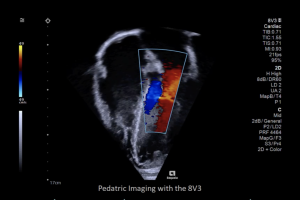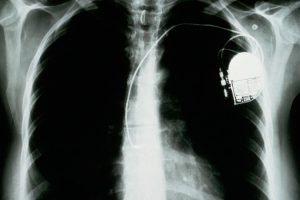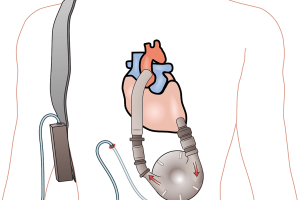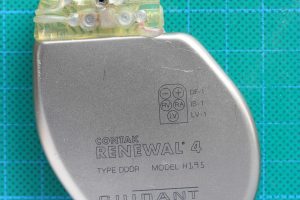The heart never takes a break. The heart is a strong muscle that never stops exercising, not for a minute. Every minute it needs blood, nourishment and oxygen. At Amarillo Heart Institute, we understand the importance of keeping your heart healthy and functioning at its best. We believe that a healthy heart is the foundation of a healthy life, and our goal is to provide you with all you need to achieve optimal heart health, a happier heart.
ASD & PFO
ASD and PFO are both heart defects that affect the septum, which is the wall that separates the two upper chambers (atria) of the heart.
Atrial Septal Defect (ASD) , which is a congenital heart defect in which there is a hole in the septum between the atria. This hole allows blood to flow from the left atrium to the right atrium, which can cause oxygenated blood to mix with deoxygenated blood. This can lead to a decrease in oxygen supply to the body and an increase in blood pressure in the lungs.
Patent Foramen Ovale (PFO), which is a condition where there is a small opening or flap in the septum between the atria. This flap is present in everyone before birth but usually closes shortly after birth. However, in some people, the flap remains open, which can allow blood to flow from the right atrium to the left atrium. This can also cause oxygenated and deoxygenated blood to mix, and in some cases, it can increase the risk of stroke.
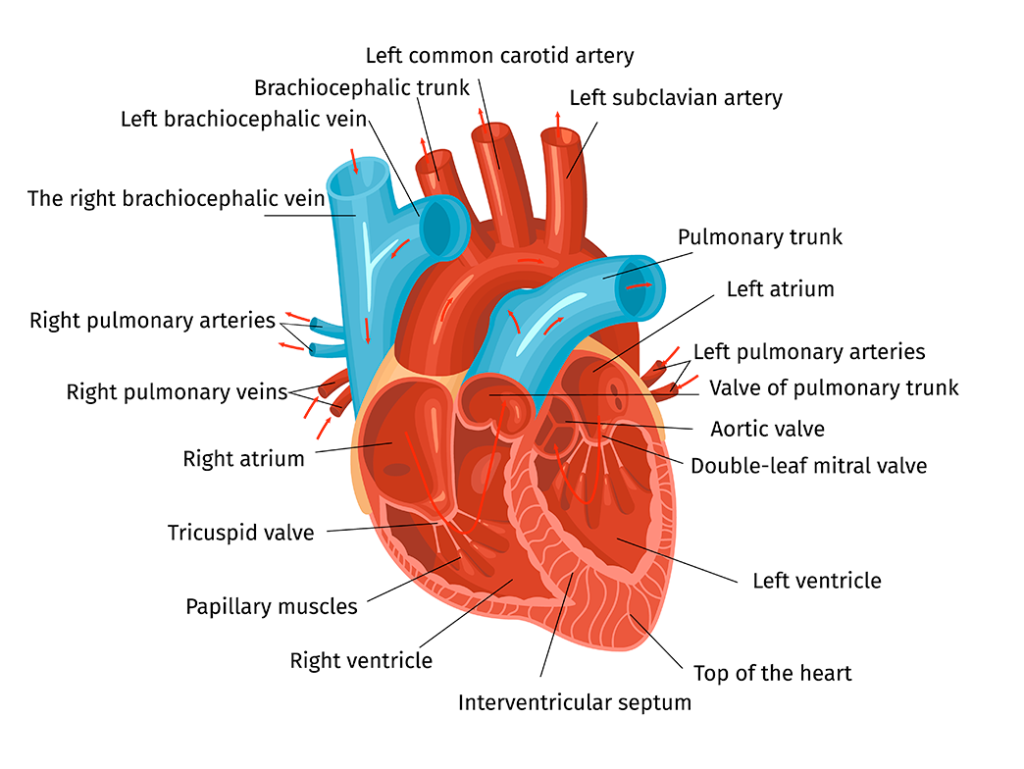
Image by macrovector on Freepik
ASD and PFO are both heart defects that affect the septum, which is the wall that separates the two upper chambers (atria) of the heart.
Atrial Septal Defect (ASD) , which is a congenital heart defect in which there is a hole in the septum between the atria. This hole allows blood to flow from the left atrium to the right atrium, which can cause oxygenated blood to mix with deoxygenated blood. This can lead to a decrease in oxygen supply to the body and an increase in blood pressure in the lungs.
Patent Foramen Ovale (PFO), which is a condition where there is a small opening or flap in the septum between the atria. This flap is present in everyone before birth but usually closes shortly after birth. However, in some people, the flap remains open, which can allow blood to flow from the right atrium to the left atrium. This can also cause oxygenated and deoxygenated blood to mix, and in some cases, it can increase the risk of stroke.

Image by macrovector on Freepik
how to diagnose ASD & PFO
ASD and PFO can be diagnosed through a variety of imaging tests, including:
Echocardiogram: This is the most common test used to diagnose ASD and PFO. It uses sound waves to create a picture of the heart and its structures. During an echocardiogram, a technician will place a small probe on the chest that emits sound waves. The sound waves bounce off the heart and create images that can be viewed on a monitor.
Transesophageal echocardiogram (TEE): In some cases, a TEE may be used to provide a more detailed image of the heart. This test involves inserting a small probe down the throat and into the esophagus to get a closer look at the heart.
Cardiac MRI: This test uses a magnetic field and radio waves to create detailed images of the heart and its structures.
Cardiac CT scan: This test uses X-rays to create detailed images of the heart and its structures.
Bubble study: This test involves injecting a small amount of saline solution into a vein and then using an echocardiogram to see if any bubbles pass through the defect. This can help to diagnose a PFO.
Once an ASD or PFO has been diagnosed, the size and location of the defect will be assessed to determine the appropriate treatment plan.
How to treat asd & pfo
The treatment for ASD and PFO depends on the size and location of the defect, as well as the severity of the symptoms. For small ASDs and PFOs that do not cause symptoms or complications, observation and regular check-ups with a cardiologist may be all that is required. However, in some cases, treatment may be necessary.
Medications: In some cases, medications such as diuretics, ACE inhibitors, or beta-blockers may be prescribed to help manage symptoms such as shortness of breath or high blood pressure.
Catheter-based closure: For larger ASDs or PFOs, a catheter-based procedure can be used to insert a device into the heart to seal the hole or flap. This is a minimally invasive procedure that is done under local anesthesia and involves inserting a catheter through a vein in the groin or arm and threading it up to the heart. Once the catheter is in place, the device is inserted and deployed to close the hole or flap.
- Surgical repair: In some cases, open-heart surgery may be required to repair an ASD or PFO. This is usually reserved for larger or more complex defects that cannot be treated with a catheter-based procedure.
The choice of treatment will depend on the size and location of the defect, the age and overall health of the patient, and the presence of any symptoms or complications. It is important for patients with ASD or PFO to discuss their treatment options with their cardiologist and make an informed decision about their care.
Example of severe Patent Foramen Ovale (PFO) through Catheter-based Closure at Amarillo Heart Institute.
The choice of treatment will depend on the size and location of the defect, the age and overall health of the patient, and the presence of any symptoms or complications. It is important for patients with ASD or PFO to discuss their treatment options with their cardiologist and make an informed decision about their care.
Additional info
-
Causes: ASD and PFO are both congenital heart defects, which means they are present at birth. The exact causes of these defects are not well understood, but they may be related to genetic factors, environmental factors, or a combination of both.
-
Symptoms: Small ASDs and PFOs may not cause any symptoms, and may only be discovered incidentally during a routine medical exam. However, larger defects can cause symptoms such as shortness of breath, fatigue, chest pain, or heart palpitations. In some cases, PFOs can also increase the risk of stroke.
-
Complications: If left untreated, ASD and PFO can lead to a number of complications, including heart failure, pulmonary hypertension, arrhythmias, and stroke. Therefore, it is important for patients with these conditions to receive regular medical care and follow-up with their cardiologist.
-
Prevention: There is no known way to prevent ASD or PFO, as these are congenital defects. However, there are steps that pregnant women can take to reduce the risk of congenital heart defects in their babies, such as avoiding alcohol, tobacco, and certain medications during pregnancy.
-
Management: Treatment for ASD and PFO may depend on the size and location of the defect, as well as the severity of the symptoms. Small defects may not require any treatment, while larger ones may require surgical repair or catheter-based closure. It is important for patients with ASD or PFO to discuss their treatment options with their cardiologist and make an informed decision about their care.

